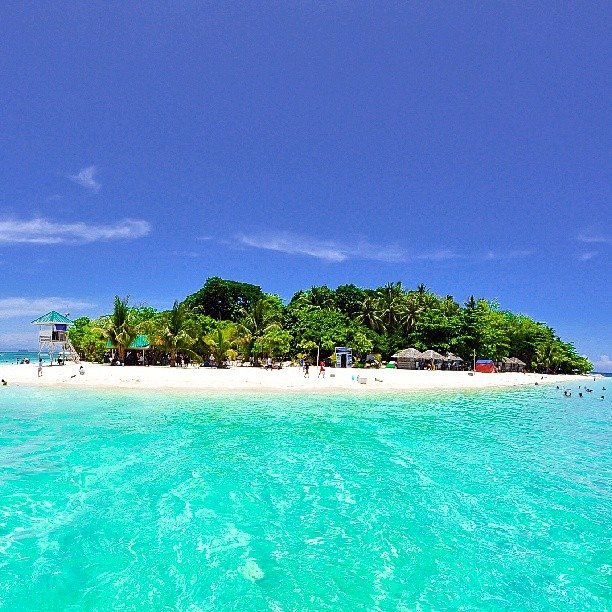Lore has it that in the 12th century (1100s), Amahiwan, an Ilongo from Iloilo, conquered neighboring barangays on Leyte’s western shore and extended his territory to the present limits of Inopacan, Hindang, Bato, and Matalom. He formed a settlement and named it Hilongos, because its inhabitants were Ilongos.
In 1710, the Jesuits created a residence there. In 1737, according to Redondo (1886, 207), Hilongos was already a parish before this year. However, Braganza (table 5) claims that Hilongos became a parish only in 1737. This date corresponded to the establishment of the town (Tantuico, 41).
1754 was the date of the oldest parish books (deaths) as of 1884.
In 1768, the Jesuits ceded Hilongos to the Augustinians. In 1774–79, the Augustinians established schools in Hilongos. In 1784, Palompon, a Hilongos visita, became an independent parish.
In 1862, Manicar led a revolt at Barrio Sta. Margarita.
In 1873, Leovio Magia led a revolt. Unlike the towns of eastern Leyte, which were ceded to the Franciscans in 1843, the towns along Leyte’s western coast fell one by one under the seculars.
Heritage sites: Church complex—The present church’s bell tower is attributed by Redondo to a secular Don Leonardo Celis-Díaz, a native of Cebu. The building of the church fabric itself is disputed. Did Celis-Díaz build it or did he merely repair an older structure left by the Jesuits? Oral lore claims that the church and the ruined convento behind it are from the Jesuits; but Repetti reports otherwise. Certainly, there must have been some permanent structures when Hilongos became a residence.
It is quite clear that the church complex underwent major renovations over the centuries. The original church, now incorporated as a transept, was a single-nave structure whose main door was also the gate to a bastioned fortification. Some bastions and walls of that fortification still remain. The main nave of the church is a modern construction, and the bell tower build by Fr. Celis-Diaz is an independent multi story structure, now plastered over with Portland cement.
The church interior is completely new in contrast to the convento which may have been completed in the 19th century. The convento guards many of the church’s antiques including silver vessels from the 18th century.
Barangays
Hilongos is politically subdivided into 51 barangays
|
EVERY 27TH-28TH OF DECEMBER WE CELEBRATE OUR ALIKARAW FESTIVAL ALSO THE STREET LIGHTS EVERY BARANGAY FOR CELEBRATING THE FIESTA, CHRISTMAS AND NEW YEAR ALSO WE HAVE THIS ENJOYABLE TRANSPORTATION "POTPOT" FAMOUS RICE CAKE FOODS BUD BUD, KALAMAY AND MALAGKIT PUTO ESKWATE BUT HILONGOSNON CALLED THIS "PUTOSKWATI" THERE ARE MANY BEAUTIFUL BEACHES, ISLANDS, RELAXING PLACES, RIVERS AND FALLS!
CANIGAO ISLAND
|
|
















